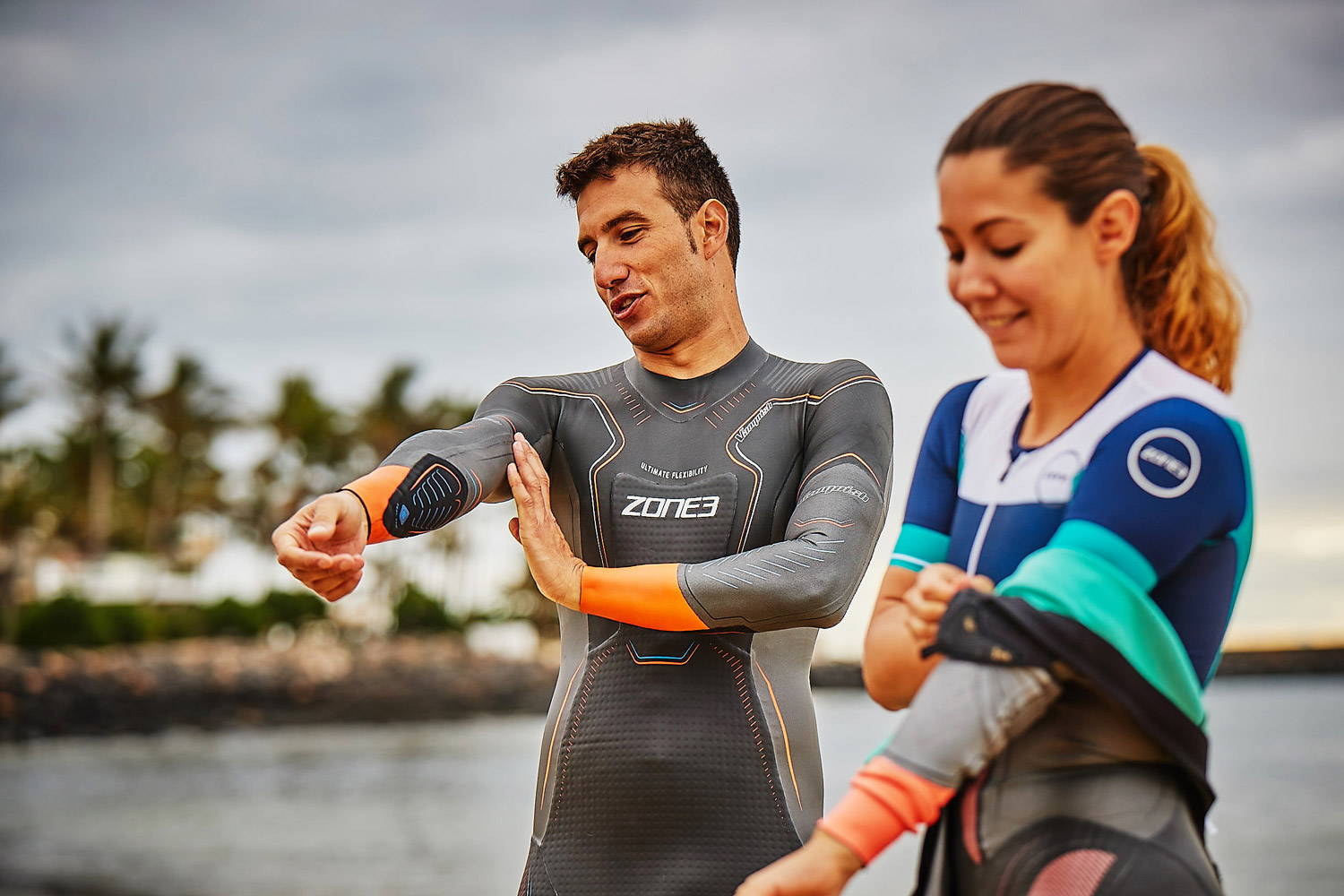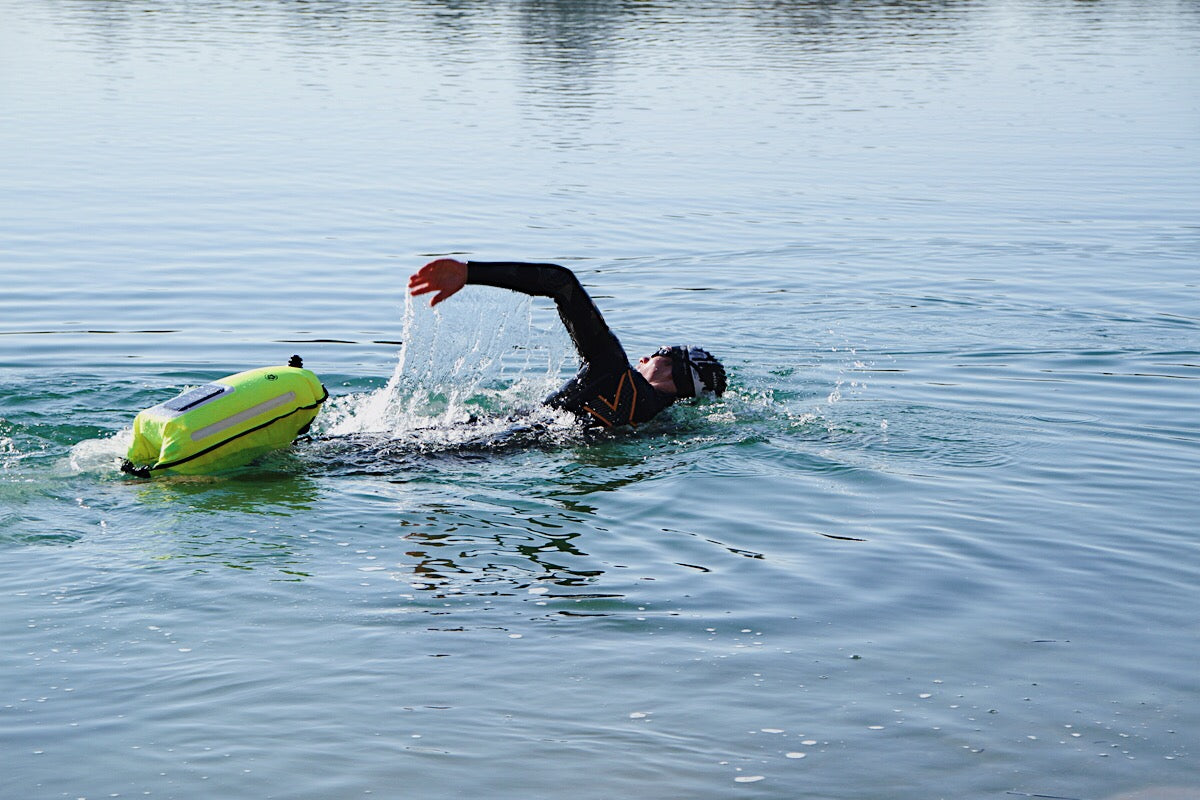Next to the bicycle, the Neo is one of the long-term and more expensive purchases made by triathletes. So of course it should last as long as possible. To ensure that your second skin stays in perfect condition for as long as possible, we have put together a few tips for you. Because your wetsuit needs to be well cared for!
1) No stress getting dressed
The first putting on is unusual, especially for beginners, because the fit of a neos is deliberately tight and slightly compressive. This means that the suit has to be pulled on all parts of the body with great care. Putting it on properly takes a few minutes - taking it off, on the other hand, only takes a few seconds. Therefore, take your time when putting it on and do not tear the material with force. Hectic is a bad companion, just get help if you need it. But don't worry: with a little practice, you'll quickly internalize the movements.
2) Dry suit on dry skin
Before you put on the neoprene, you should dry yourself completely. Neoprene glides much better on drier than wet skin. The inner lining of the neoprene should also be dry. If your feet are also in socks or covered with a small plastic bag, the Neo slides over them better.
3) Put neoprene inside out
To protect the sensitive outer skin when putting it on, turn the Neo to the "left" to put it on and roll it up on the body. The important thing here is to work carefully from the bottom up. Here you will find our instructions: WEAR THE NEOPRENE SUIT CORRECTLY .
4) Beware of fingernails
Fingernails are the neo's worst enemy when it comes to putting them on. Plastic bags or soft, thin gloves also offer good protection against damage from fingernails.
5) Glue damage to the suit as quickly as possible
If your suit is damaged, you can repair small cuts yourself quickly and easily. In most cases, these are small tears in the superficial neoprene layer (often caused by fingernails or pointed objects). However, these can be reliably sealed with special NEOPRENE ADHESIVE . Smaller cuts are not serious and do not affect the functionality of the suit. However, you should not wait too long before repairing it, because if the material is stretched while wearing the neos, the tear will grow by a few millimeters. It is better to leave major damage to the professionals at your trusted dealer.
6) Do not use oily substances
Oil is a solvent. Therefore, to protect against chafing, you should only use products without oily substances. A special product against chafing is, for example, BODYGLIDE
7) Wash neoprene after swimming
After contact with chlorine water, the wetsuit should be washed out thoroughly with clear water. A special neopre cleaning/care product also helps to remove organic residues, dirt and odours. You should then hang the suit upside down to dry. When the wetsuit is dry, turn it right side out for storage. You can read HERE how best to treat and store the Neo after swimming
8) No UV light
Rubber becomes brittle when exposed to UV light for a long time. You can see that, for example, on bicycle tires that are always exposed to the light. Therefore, the wetsuit should be exposed to the sun and light as little as possible. The best way to hibernate the suit is lying down in a dark and dry place. Special neoprene hangers with a wide contact surface prevent the flexible fabric from bulging. This way your suit can hang out undamaged for a longer period of time.
9) Only use for swimming
Due to their material properties, wetsuits in triathlon are not suitable for surfing, kiting or diving.
Top neos at a low price: Discover our test neos!




















